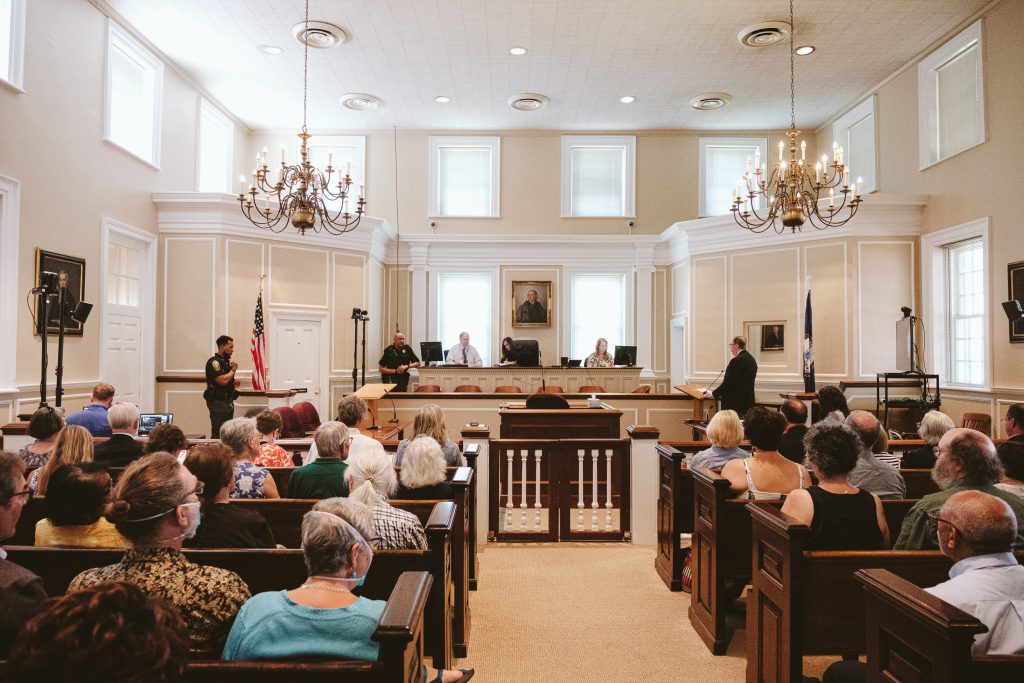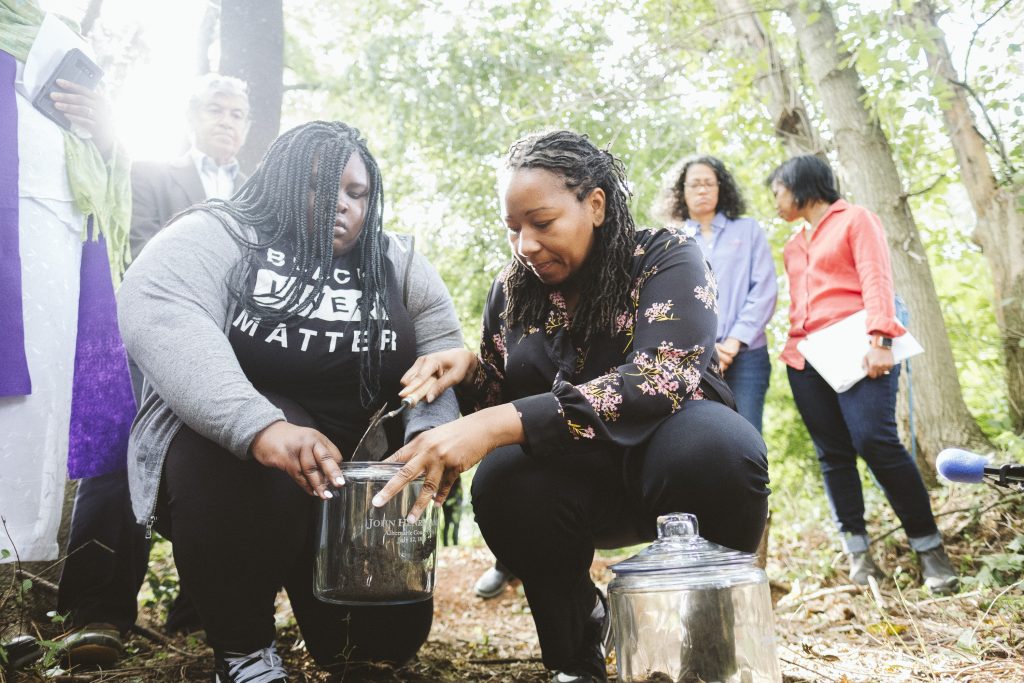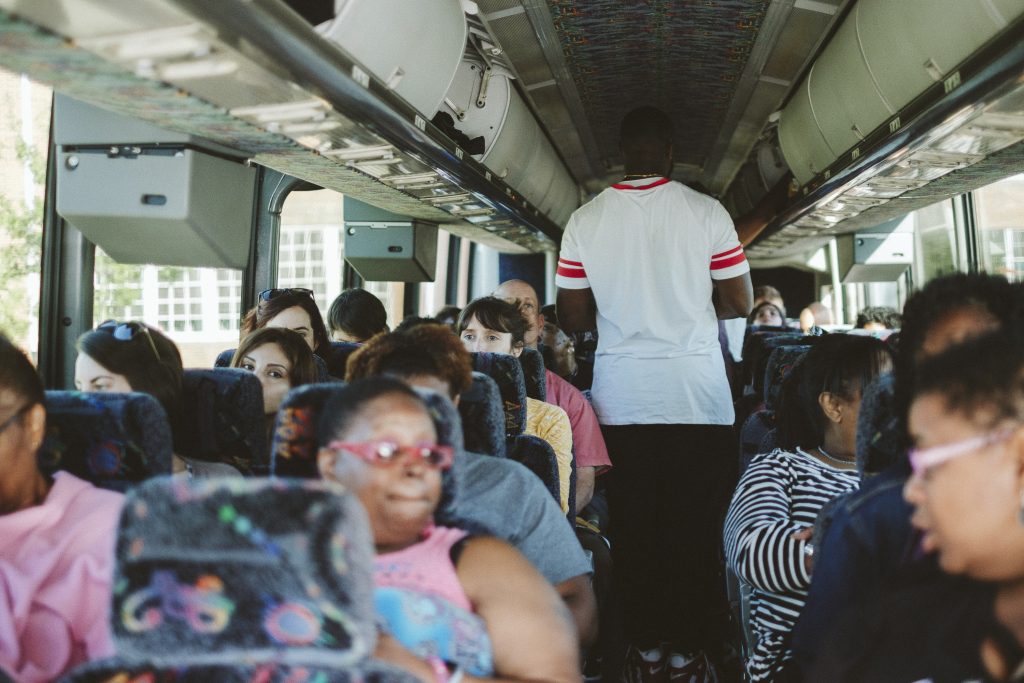On July 12, the 125th anniversary of a white lynch mob murdering John Henry James, a packed courtroom in Albemarle Circuit Court applauded when a judge dismissed an indictment for rape that was handed down in 1898, even after the prosecutor and grand jury knew that James was dead.
“A mockery of the justice system,” said Judge Cheryl Higgins.
Albemarle Commonwealth’s Attorney Jim Hingeley’s motion to dismiss more than a century later is in itself pretty much unheard of. “It’s an effort to set the record straight 125 years later,” says Hingeley, who was “particularly disturbed” by the complicity of the justice system.
On July 11, 1898, Julia Hotopp, a 20-year-old white woman from a prominent family that owned what is now Pen Park, had been riding her horse and alleged a dark-complexioned, heavy-set man sexually assaulted her, Hingeley told the court.

James, a Black ice cream vendor, whom The Daily Progress said “somewhat fit” the description of the assailant, was arrested that day and moved to jail in Staunton to avoid already angry white citizens.
He was returned to Charlottesville the next morning, and when the train stopped west of town at Wood’s Depot, property now owned by Farmington Country Club, he was greeted by a mob of around 150, pulled from the train despite the presence of the Albemarle sheriff and Charlottesville police chief, and hanged from a locust tree while pleading his innocence, according to the Progress.
His body was then riddled with bullet holes, and people took pieces of clothing, his body, and the locust tree as souvenirs.
While James was being murdered, a grand jury met. Despite knowing James was dead, it proceeded to indict him for the alleged rape, which Hingeley believes was a false accusation.
The Albemarle commonwealth’s attorney at the time, Micajah Woods, acted improperly by indicting a dead man, and did so to create justification for the lynching, says Hingeley. “They still wanted to put a formal accusation in the public record to justify the taking of his life. That bothers me.”
Another thing that bothers Hingeley is that no effort was made to bring the perpetrators of the lynching to justice, and he figuratively indicts then-Albemarle sheriff Lucien Watts and Charlottesville police chief Frank Farish, both of whom were present at the attack, but claimed not to recognize any of the small town’s unmasked assailants. The coroner’s inquest the next day found James’ death was at the hand of “persons unknown.”

“Of course that’s a lie,” says Hingeley. “The racial terror lynching was more or less officially sanctioned.”
James’ death wasn’t widely known until 2013, when historian Jane Smith was going through old issues of The Daily Progress. Nor was it the last time police stood by while white supremacists attacked, says Jalane Schmidt, director of the Memory Project at UVA’s Karsh Institute of Democracy.
The violent Unite the Right rally in 2017 brought white nationalists, neo-Nazis, and fascists to Charlottesville to protest the removal of Confederate statues, left counterprotester Heather Heyer dead, and the city and nation shaken by the outpouring of hate. “We’re standing where white supremacists beat up activists and police stood by,” says Schmidt.
The mood was somber a year later on July 12, 2018, when local residents and officials gathered at the site where James was lynched. They dug up soil to carry on a civil rights pilgrimage to Montgomery, Alabama, and add it to the Equal Justice Initiative’s memorialization of the racial terror of America’s lynching past. The EJI has documented more than 4,400 lynchings between 1877 and 1950.
Schmidt organized the 2018 civil rights pilgrimage with Jefferson School African American Heritage Center’s Executive Director Andrea Douglas. Around 100 locals boarded buses heading south.
Schmidt, who led walking tours with Douglas of Charlottesville’s Confederate monuments before they were removed, testified about what she learned about James’ death from historical records.

She noted that as part of the EJI’s Community Remembrance Project, a marker commemorating the death of James was erected July 12, 2019, outside the Albemarle courthouse where he was indicted.
Black journalist Ida B. Wells reported during the Jim Crow era that many Black men were lynched as revenge for alleged assaults of white women—assaults that were “largely unfounded,” says Schmidt.
And she’s haunted by the Progress account that James “somewhat fit” the description of Hotopp’s alleged assailant: a large, Black man. “That sounds like a boogeyman if I ever heard one,” says Schmidt.
Dismissing James’ indictment for rape acknowledges the legal injustice that was done and declares, “This does not represent our values,” says Schmidt. An EJI staffer told her Hingeley’s motion to right a 125-year-old wrong was “unprecedented,” she adds.
Many of those who made the pilgrimage were in Albemarle Circuit Court July 12.
Former city councilor Wes Bellamy was one. Five years ago at the lynching site outside the exclusive Farmington neighborhood, he imagined the terror James must have felt as the train slowed. After the hearing, he felt relief.
“I think it is important we do the right thing, and I appreciate Commonwealth’s Attorney Jim Hingeley doing so,” says Bellamy. “Justice delayed is not justice denied. This restored a brother’s good name. There’s a sense of pride when we have these moments. There was a sense in the past that we’d never see these moments.”


Don Gathers also made the pilgrimage. “I’m elated we’re here, I’m sad we have to be here,” he says. “I’m extremely happy for the soul of John Henry James, but what about the families of others who were lynched?”
Albemarle County declared July 12, 2023, John Henry James Day “in remembrance of our shared community history and as a demonstration of our commitment that this tragedy will be neither forgotten nor repeated,” says the proclamation.
Board of Supervisors Chair Donna Price was at the courthouse, and she also had mixed emotions. “Justice was never truly provided to John Henry James,” she says. “When I think of the terror he had being ripped out of the train, and the desecration of his body. … What we did today was important because justice must be served, but insufficient because no one was held accountable. On the other hand, I feel great pride in our community’s commonwealth’s attorney.”
So why now? In April Hingeley traveled to Equal Justice Initiative’s lynching memorial in Montgomery with other prosecutors. “It’s a moving experience to go to the Legacy Museum and to see our community’s soil there,” he says. “I came back with an interest in doing something further” with the EJI’s Community Remembrance Project that recognizes the “racial terror lynching in our community.”
Hingeley, who is also prosecuting some of the torch-bearing marchers from 2017’s Unite the Right, says, “It’s important to deal with the legacy of white supremacy.” Outside the courthouse, he points to the spot where a Johnny Reb statue once stood, and says his predecessor, Micajah Woods, who indicted James posthumously, led the effort to install the statue in 1909.
“White supremacy is still out there to harm our community,” says Hingeley. “Knowing the history of this is important, partly to respond to the injustice, partly to keep the community involved with our history.”
